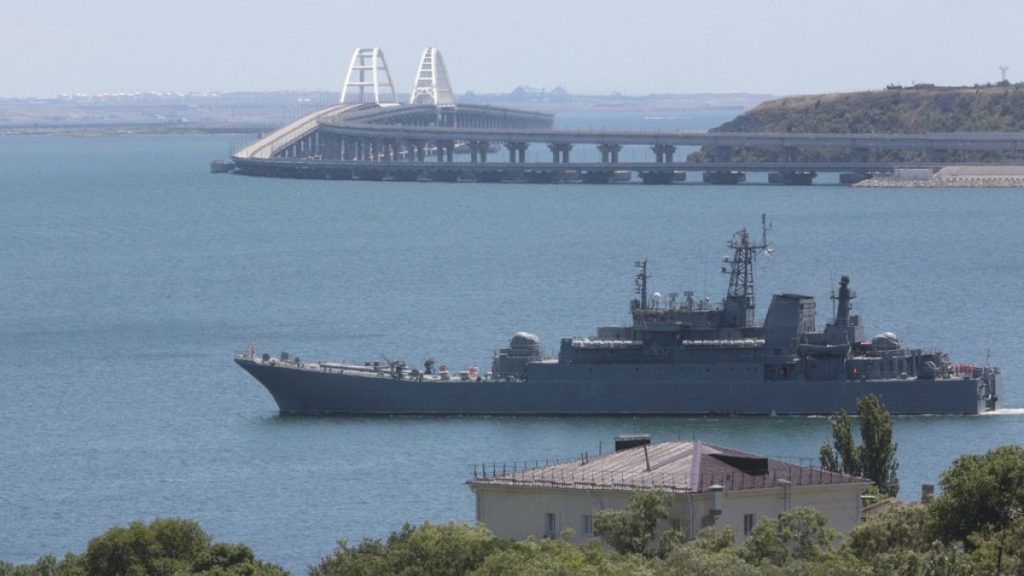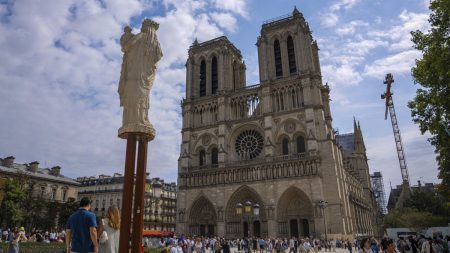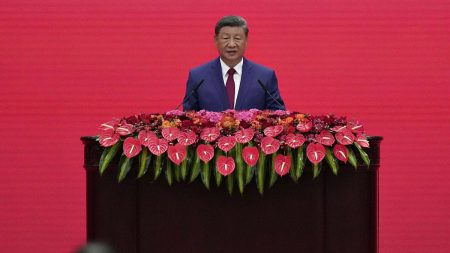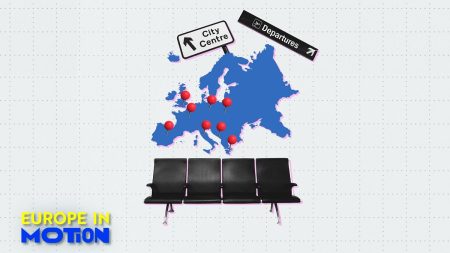According to recent satellite images, traffic on the Crimean Bridge has significantly decreased since a Ukrainian attack in July 2023. This decrease in traffic suggests that Moscow may be preparing for an alternative land route to supply troops for a potential assault on Ukraine. The images indicate that Russia is now focusing on using land routes in occupied eastern Ukraine, rather than relying on the Crimean Bridge for transportation of military equipment.
The US space tech company Maxar and the Ukrainian intelligence agency Molfar analyzed the satellite images and found that there was very little traffic on the bridge between February and April 2024. Only one freight train carrying fuel tanks was observed crossing the bridge in February. Additionally, the data shows that Russia has been utilizing alternative land routes through the Rostov region, bordering Donetsk and Luhansk in occupied Ukraine. This shift could be a response to previous attacks on the Crimean Bridge and a strategic decision to use alternative routes.
The analysis by Molfar suggests that the reduction in traffic on the Crimean Bridge is due to Ukraine’s attack on the bridge in July 2023. As a result of the attack, the number of trains carrying weapons that used to cross the bridge daily has significantly decreased. Russia appears to be building new railway lines to connect occupied areas in Ukraine with Crimea and Russia, indicating potential preparations for a Russian offensive in 2024. In the meantime, Russian forces may be utilizing alternative routes, such as motorways, to transport cargo and supplies.
The occupied Crimea peninsula, annexed by Russia in 2014, has been a point of contention in the conflict between Russia and Ukraine. President Volodymyr Zelenskyy has expressed intentions to liberate Crimea, along with other occupied areas in eastern Ukraine that Russia has controlled since 2022. The images of reduced traffic on the Crimean Bridge suggest that Moscow may be adjusting its supply routes in anticipation of potential military action by Ukraine to retake control of the region.
The use of land routes in occupied eastern Ukraine for military supply purposes indicates a strategic shift in Moscow’s approach to the conflict with Ukraine. By avoiding reliance on the Crimean Bridge, Russia may be better positioned to respond to potential threats and attacks on key infrastructure. The construction of new railway lines and the utilization of alternative routes could be part of a broader military strategy to maintain supply lines and logistical support for Russian forces in the region.
Overall, the satellite images and analysis by Molfar suggest that Russia’s reduced use of the Crimean Bridge corresponds with increased activity on land routes in occupied eastern Ukraine. This shift in transportation routes may be a response to previous attacks on the bridge and a strategic preparation for potential military offensives in the region. The ongoing conflict between Russia and Ukraine continues to evolve, with both sides adapting their tactics and supply routes in response to changing dynamics on the ground.













